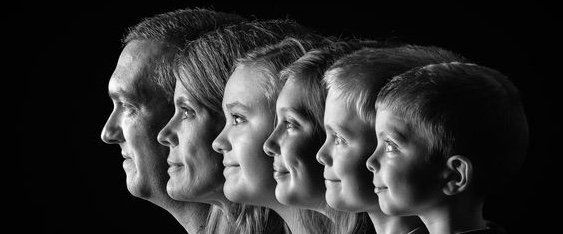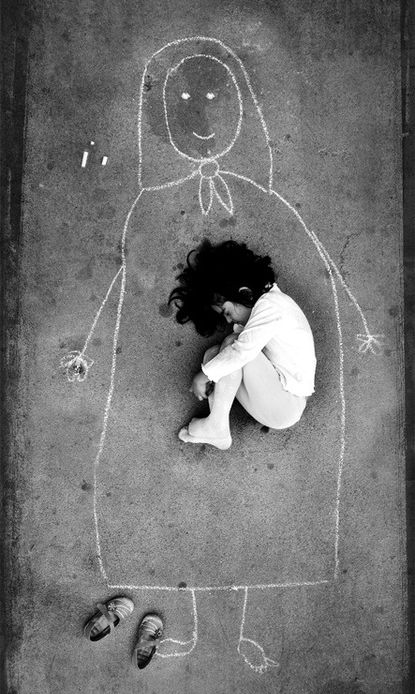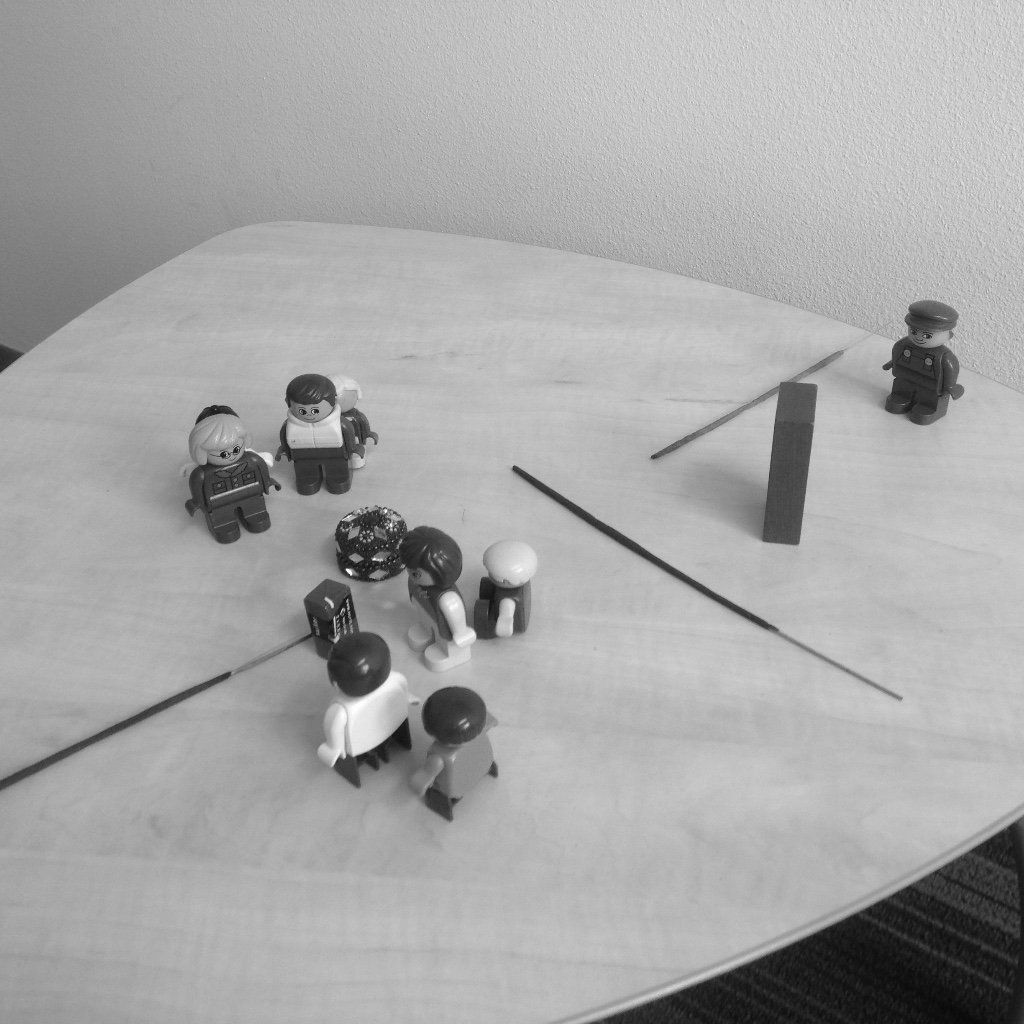Parter - relationship and family therapy
Treatments systemic psychotherapy
Relationship Therapy
EFT, Emotionally Focused Therapy is a form of relationship therapy that is best investigated and proven effective in all relationship therapies. The basis of EFT is the attachment theory that says nobody is made to be alone. Every person functions better in connection with a loved one who is emotionally open and close. We can do more in the safe presence of a partner or a loved one. In a relationship the (negative) emotions often run high. This is difficult, but also understandable because the other person is so important that you do not want to lose it.
Button
Relationship therapy 'light'
The 'Hold me' program is a light variant of EFT and has a fixed structure of eight meetings. Topics include: looking for emotions in love and connection / attachment (destructive) patterns within relationships and finding the pain spots of the past build a safe base to discuss difficult things. During the meetings we work with video material, exercises & homework assignments. It is mainly the intention that you work with your partner!
Help with separation
Stopping a relationship or marriage involves emotional loss and strong changes. For both partners and children, but also for grandparents and close family, this involves a lot of questions. Examples of questions that can arise after a divorce, and which can be worked around within a family therapy: What about caring for the children? How do we discuss the upbringing? How do you support and receive the children? What about our own pain, sadness, anger? How can the future look like? Where are new opportunities?
Family therapy
Families are not static and are subject to many changes over time. These are often typical phases: the birth of a child, the period with toddlers and preschoolers, growing adolescents, children who leave home, etc. Every phase and transition to a new phase brings movement and sometimes tensions. Changes in the family situation, such as after a divorce, the emergence of a newly composed family, or the loss of a family member requires a major adjustment of the family members and can sometimes be difficult. In a family therapy room is made to stand still in all changes. For example, a family can look for other opportunities under the guidance of the family therapist and create new opportunities to find the balance of the family.
Button
Trauma and system
Each individual responds differently to a traumatic experience. One person gets sick, the other does not. Some manage to recover on their own and others carry it with them for the rest of their lives. Many questions arise during the processing of a trauma within a family. Questions that are worked on in family therapy: What is the significance of the trauma for each individual? What is the impact for the relationships in your family? How can you support each other and the victim? Who or what can be resources for support?
A language there
"A language" was developed from the theoretical ideas of I. Boszormenyi-Nagy, a Hungarian-American psychiatrist and family therapist, based on a contextual image of man, in which the concepts of relational and intergenerational are central. "A language there" focuses on visualizing the internal and external reality of the client By means of duplicate dolls and other material the problem of the client is visualized and the inner dialogue is visualized and stimulated. Relationships in the present can be viewed by the experience of the client put on the table, at the same time the past is added, because of the inescapable connection between the here and now and the history.
System therapy
Read here the vision of the Dutch Association for Relationship and Family Therapy about the value and we think added value of system therapy. A combined use of individual therapy and system therapy offers great benefits for clients. When it comes to effectiveness, sustainability and efficiency of treatment and prevention of future care demands, system therapy is a powerful tool.
read more








